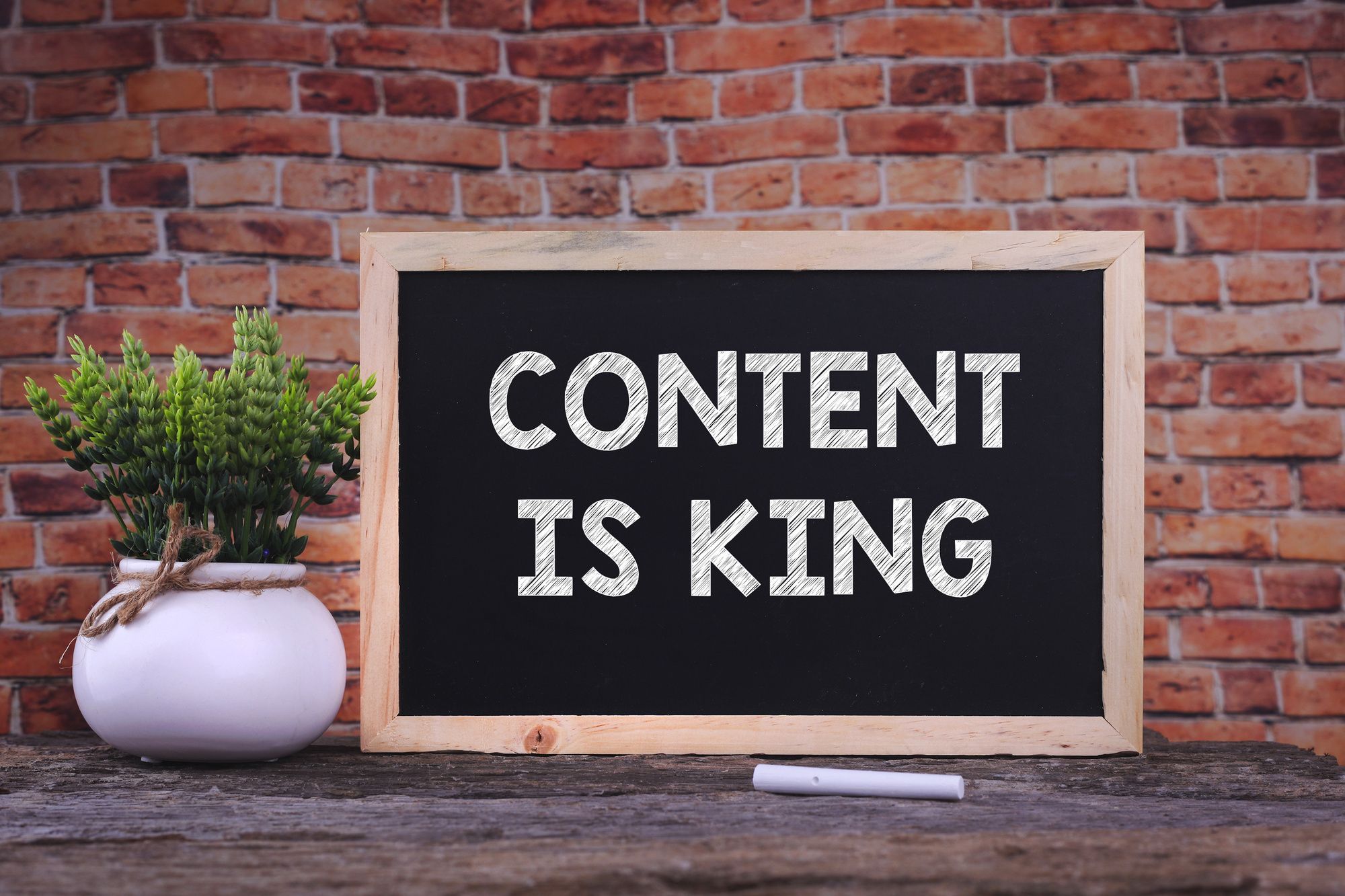How to Create a Content Calendar: Tips, Tricks, and Tools

A thoughtfully crafted content calendar is vital for any business striving to manage its online marketing efforts effectively. Content calendars bring much-needed order and focus to disjointed content creation workflows.
Teams can map out upcoming campaigns, maintain optimal posting consistency, and leverage data to decide which topics and formats best resonate with their audiences.
Read on to learn more about the importance of content calendars, step-by-step instructions on creating one, and essential tools for content planning and scheduling.
Why Content Calendars Are Essential
Utilizing a content calendar framework provides numerous benefits that allow marketers to streamline processes, boost productivity, and create content that truly connects with customers. Below are several of the key reasons why implementing a calendar is so crucial:
Streamline Content Production and Minimize Chaos—The inherent nature of content production tends to be fragmented, disjointed, and chaotic. Strategic calendars enable teams to take a high-level view of upcoming plans and deadlines. This bird's-eye perspective makes it easier to identify potential gaps or bottlenecks within production cycles well in advance.
The marketing department can then optimize workflows around known publishing dates to ensure they can handle critical deadlines. Ongoing calendar oversight brings order to what can quickly become a scattered endeavor.
Maintain Posting Consistency to Build Audience Trust—Careful calendars let you schedule content consistently to build authority with readers. By planning and mapping posts well in advance, brands can stick to regular publishing rhythms that followers come to know and trust.
This reliability helps cement engagement over the long term by providing audiences with expected value at predictable intervals. Sporadic, inconsistent posting breeds uncertainty and diminishes authority.
Leverage Performance Data to Optimize Future Efforts—A calendar provides an advantage by allowing teams to directly tie metrics like views, engagement, and conversions to each piece of published content.
By diligently monitoring these data points, brands gain crucial insights into which topics, formats, and styles resonate most with their audiences. These insights let you optimize future calendars by focusing on the specific content that performs best.
Steps to Create Your Initial Content Calendar
Constructing your first content calendar might seem a bit daunting at first. However, following a step-by-step framework helps streamline the process:
Step 1: Conduct an Audit of Current Content and Performance—Start by thoroughly auditing existing content across each platform and channel. Compile historical performance data and metrics.
Gather audience feedback and reviews. Assess what content is working versus missing the mark. This exercise provides invaluable context around current strengths to build upon and weak areas needing improvement.
Look at and analyze what your competitors are doing as well. Try to improve or build upon the content that they’re publishing. For example, if competitors only publish general overviews on a topic, create in-depth guides that provide more value to readers.
Step 2: Define Specific Goals that Inform Content Plans—Get very clear on the goals you want your content to achieve - whether lead gen, brand awareness, lower churn, etc. The goals set should be specific, measurable, and time-bound.
This clarity of purpose focuses content planning around tangible objectives versus vague notions. Align calendars directly to content that moves the needle on established goals.
Step 3: Research Target Audiences to Refine Topics and Styles—Truly effective content stems from a deep understanding of your ideal customers. Dig into key audience demographics, psychographics, interests, pain points, and motivations.
Mine this data to shape content styles and topics that closely align with what resonates with specific groups. Reflect real reader needs versus what you assume they want.
Step 4: Audit Platforms to Determine Content Fit—Be intentional about which platforms you publish to. Analyze where your audiences are most active. Factor this into calendar plans tailored to unique platform capabilities and content limitations. For example, leverage short-form video for TikTok versus long-form (over 10 minutes) for YouTube.
Step 5: Structure Around Themes to Maintain Focus—Organize your calendar based on recurring themes like seasonal events, product launches, and awareness campaigns. This structure provides continuity between posts - keeping ideas focused and cohesive versus scattered. Themes act as a skeleton for topics to cling to in a meaningful way.
Step 6: Map Out an Editorial Schedule for Each Platform—Plot out the cadence and frequency of publishing to each platform. Coordinate topics and content types across the calendar to match desired consistency and pacing. For example, you can schedule blog posts 2x per month, social updates 3x per week, and email newsletters 1x monthly.
Helpful Tools to Streamline Calendar Upkeep
Attempting to manage your calendar in a spreadsheet can quickly become an exercise in futility. Below are several purpose-built tools to simplify calendar creation and ongoing optimization:
Google Calendar—Google Calendar provides a free, intuitive way for teams to collaborate on a shared content calendar. The familiar interface lowers the barrier to entry. Easily set reminders for key publications or update dates. Shared availability improves transparency.
Trello—Trello gives users a visual board to map calendar details using columns, lists, and color-coded cards. For example, group content by status, assigned writer, platform, etc. Drag-and-drop capabilities make reorganizing a breeze.
Asana—Asana provides robust project management features tailored to planning and executing a content calendar. You can create tasks, set due dates, attach files, add reminders/follow-ups, and comment on work.
Adobe Social Media Scheduler—Adobe’s free Social Media Scheduler neatly integrates calendar and editorial planning with scheduling and publishing to various platforms. Teams gain access to helpful analytics and reporting to assess performance.
CoSchedule—CoSchedule couples easy calendar building with deep analytics via Google Analytics integration. Content teams can leverage rich data and reporting to glean actionable insights to drive continuous calendar optimization.
Best Practices for Ongoing Content Calendar Management
The hard work doesn't end after initially mapping out your calendar. Diligent upkeep and careful attention to detail are imperative for maintaining its value over time.
Keep these best practices in mind:
Consistently Review and Update Calendar Details—Set firm reminders to revisit the calendar frequently - weekly (ideally daily). Continuously add new topics, campaigns, and dates as plans evolve. An outdated calendar will quickly become stale and potentially detrimental.
Hold Regular Reviews to Keep Teams Aligned—Gather your content team regularly to review the status of the calendar jointly. This ensures all members have complete visibility into upcoming plans and changing priorities. Misalignment happens quickly in the blink of an eye—nip it in the bud.
Be Ready to Adapt Calendar Based on Performance—Consistently refer back to actual performance data and audience feedback when optimizing your calendar. If certain themes or topics consistently underperform, be willing to tweak strategies versus sticking rigidly to initial plans.
Start Simple - Refine Complexity Over Time—Don't over-engineer your initial calendar structure and details. Begin with a simple framework that supports your core goals. Allow complexity to evolve naturally based on learnings - not assumptions.
Start Mapping Your Path to Content Success
A well-planned content calendar is like having a GPS for your marketing journey. It provides the route and direction to reach your goals faster and more efficiently. With a calendar guiding the way, you can avoid haphazard detours, roadblocks, and congestion in your content creation processes.
Done-for-you content creation services from Witmer Group will provide you with a robust content calendar your team can use to drive new leads and sales. We can also write your content for a seamless turnkey solution. Contact us today to learn more.


